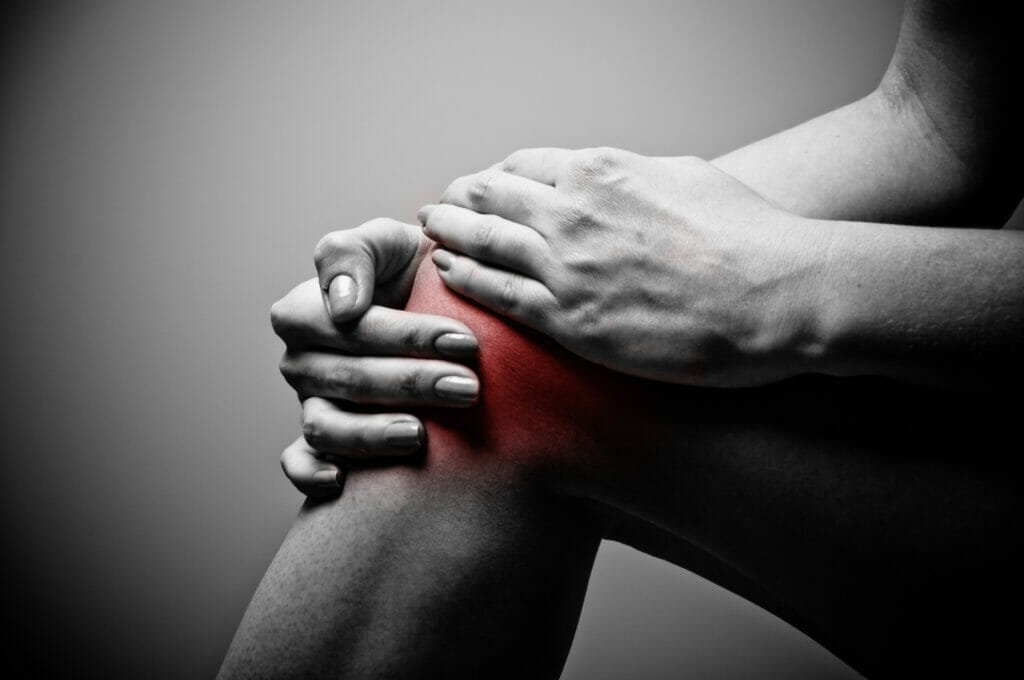Knee Pain: Causes, Symptoms and Treatment

Introduction
The knee is among the largest and most complicated joints in the human body. It joins the shin bone (tibia) to the thigh bone (femur). Your knee performs the important role of holding your body weight. It absorbs much of the pressure whenever you are walking, jumping or running and therefore prone to pains and injuries.
What is Knee Pain?
Knee pain is a common problem which can originate from bone structures of the knee, the kneecap (patella), cartilage (meniscus) or the ligaments of the knee. The pain can be concentrated in a specific area or diffused throughout the knee depending on the cause.
Causes of Knee Pain
Knee pains affect people of all ages and causes range from medical complications to physical excursions. Medical complications of the knee may be as a result of wear and tear of our everyday life. Injuries in most cases, results from torn or swollen anterior cruciate ligament (ACL), sprains, and cartilage tears. Sports injuries characteristically affect only one side of the knee with pain in both sides associated with arthritis and similar medical conditions.
Other problems that can cause the pain are gout and the patellofemoral pain syndrome. Patellofemoral pain syndrome refers to the pain that arises between the patella and femur. It is usually common with older adults and athletes. The syndrome is also associated with arthritis of the kneecap. Risk factors that are likely to cause knee pain include excess body weight which increases stress to the joint or lack of muscle support and flexibility. Certain sports such as basketball involving a lot of jumping can also predispose athletes to knee injuries.
Signs and Symptoms
The most common knee pain signs and symptoms include weakness or instability, pain when you try to fully straighten your leg, stiffness and swelling. You also need to see your doctor if you experience any other associated symptoms.
Treatment
Normally, treatment depends on the cause and severity of the pain. It is important to rest when you start to experience the above symptoms and the use of some home remedies can reduce the severity of the injury. Cold ice packs and bandages can reduce the pain and strain respectively. They also lower the swelling around the knee. In the event of persistent pain, doctors inject patients with a corticosteroid to provide relief and reduce inflammation. Supplementary medications and fluids such as hyaluronic acid which acts as natural joint lubricant are injected to facilitate healing or prevent re-occurrence of the injury. In the event any of the above treatment, surgery should be explored. The exact kind of knee operation depends on the injury.
Conclusion
Knee pain resulting from medical conditions such as arthritis can be very serious and requires adequate medical attention. If left untreated, they can lead to increasing pain or even disability. Though not all knee pains are serious, you should not assume even the minor pains because they can result in more serious pains in the future.

